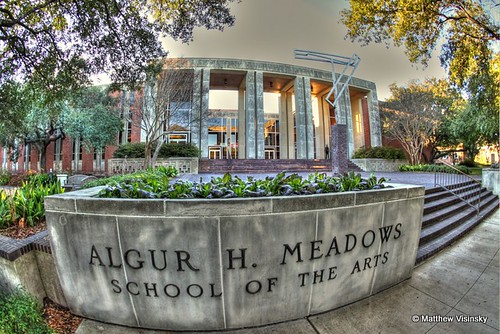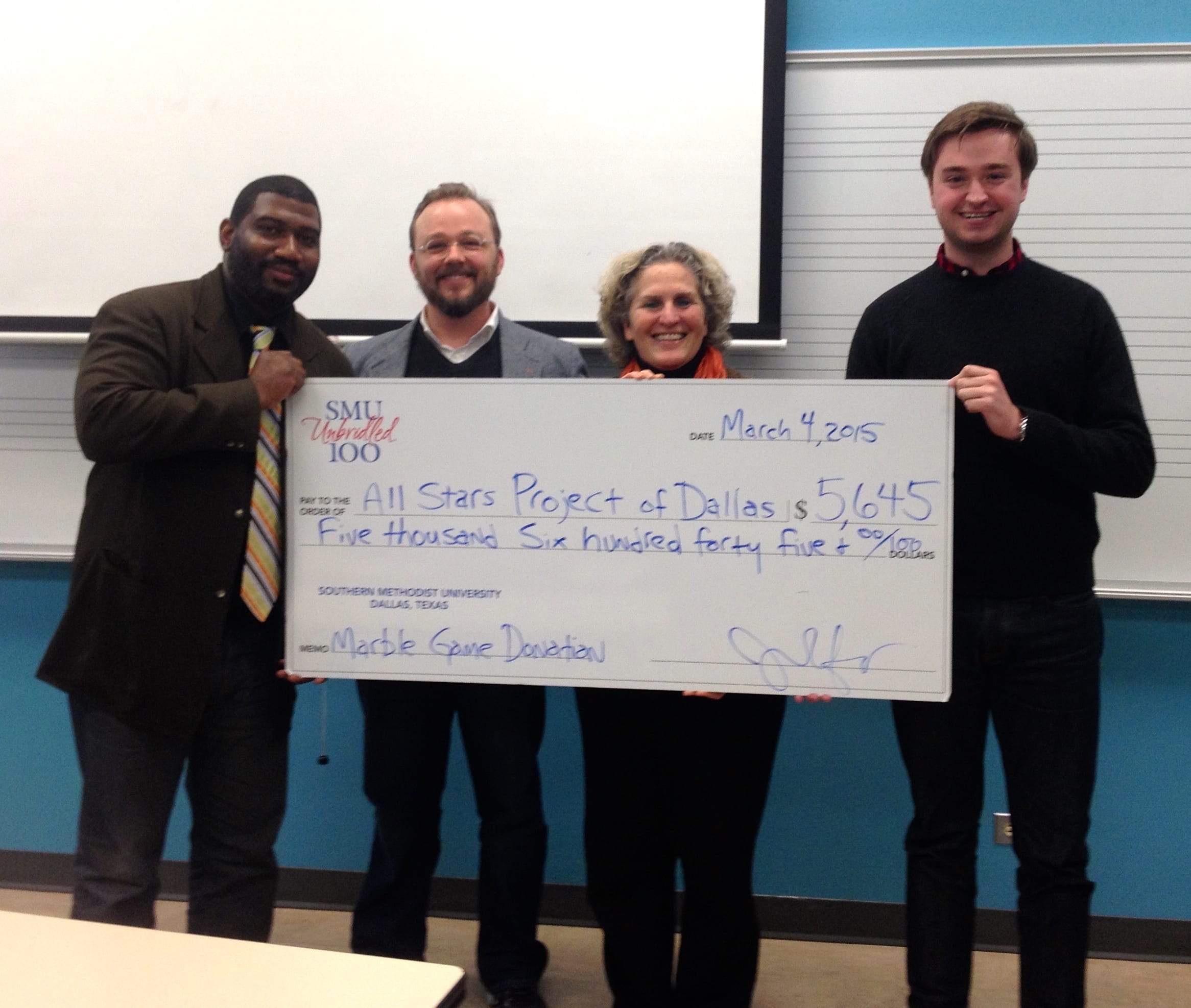This post is written in two sections: Observations and Thoughts.
Observations:
This weekend, I spent time with some remarkable artists, speaking with twenty-six—representing an array of mediums, but primarily painters. Most of the artists make the bulk of their money (art sales) by attending, and selling through, juried art festivals around the country. In addition to absorbing some of the illuminating and inspiring art on display, I took the opportunity to ask artists questions about how they are selling their art, what business models they have explored, if they are selling mostly online or in person and who their primary audience is. This is a handful of the discoveries I made:
With some exception, most of these artists are selling their paintings in-person, not online. They are doing so via in-person contact.
When the artists were asked about their websites, many said something like, “Yeah, we are working on that” or “I don’t have time to do that. I’m too busy painting.”
The majority I spoke with said their website aids in selling art after having met with people after people had experienced their work in-person.
Some artists expressed interest in selling through festivals after having presented in a gallery. This is because the gallery sets the market price (and insurable value) and selling in-person/themselves, without a gallery, allows the artist/s a larger profit margin.
Nearly every artist I spoke with at the festival is taking payment through Square or PayPal via their smartphones.
One artist had a clever model: He listed the gallery price and created an auction for large signed prints. Whoever had the highest price at the end of the festival won the painting—typically at a lower cost than the gallery price setting. When I asked this artist about his model, he said, “People are familiar with and like the Ebay model of bidding. Buyers understand it and get excited about the possibility of winning.” I watched painting after painting sell from his festival tent.
One successful artist featured the story behind the work or his interpretation of his vision. People seemed to like reading that.
When asked if the majority of prospective buyers ask the artists about 1. their process (including how they create what they do) 2. their story or about some other feature of their art, most of the artists said people want to know how their work is created. Second was their personal story (though they expressed people often asked about this).
One painter focused on Western themes, primarily horses that were painted in what I would describe as a mythic or dreamy fashion. She said her buyers are typically women. They either owned horses or had been “denied” one or dreamed of them. The women were buying to connect with memory, with nostalgia or dream. The buyers bought as they experienced a personal connection with the subject. Again, her website served as a reminder of her work after prospective buyers met her and experienced her work in person.
As memory serves, all the artists were collecting email addresses and names of interested individuals. What they intended to do with these email addresses, I don’t know.
I should note that many of these artists, many of whom were not building websites, were wondering how to connect to millennials.
Thoughts:
Websites: It intrigued and surprised me that more artists were not aggressively selling and marketing their work via websites. Many said, “I’m planning to get a gallery and store set up, but I just haven’t gotten to it yet.” To me, this translates to, “I have not done that.” Considering the Internet enables one to have a potential following of a worldwide audience, it would behoove artists to have a strong web presence and to update content often. Time and time again, the visual artists said that their work is tactile-based. People want to see it, touch it, experience. This makes sense to me, as art is to be experienced. However, if these same artists were to invest in either developing strong photography skills (and investing in good equipment to capture photography) or friends who had such skills and could capture the artists’ work, they may sell more online. Not selling more art online seems a branding and marketing issue to me.
The artists are, for the most part, capturing email addresses of those who are interested in their work. These same people are interested in the artsits’ processes. If the artists were to take the time (or engage another team-mate to do so–many are husband and wife duos) to create content that shared their process, inspiration, story and developing works, these same artists may develop word of mouth advertising through true fans. As a result of this traction, the artists might sell more art.
Payment Methods: I’m not at all surprised to see that artists are using Square and PayPal. The public has largely been exposed to these brands and trusts them. Using these payment methods (as opposed to the artists taking checks, which is high risk or taking only cash, which limits your sales as most people don’t carry hundreds or thousands of dollars cash on themselves), should increase sales.
Business Models: I was so charmed by the artist who had the Ebay-like model (referenced above). He was featuring his interpretation of his art, the story behind each work. He openly shared (through posted materials) how he creates his art and was available to speak with each prospective buyer. More, he was friendly and charming. All of this combined, created an experience. My wife and I were so charmed, in fact, that we bought a large painting from him for hundreds of dollars, which we paid for via PayPal.
Collected Email Addresses: I didn’t ask the artists what they are doing with the emails they collect. However, I do know that obtaining these voluntarily given emails is a great way to develop a “true fan” following. If the artists import those emails into a newsletter platform like Constant Contact or Mailchimp, they gain the potential to communicate regularly with their fans. Engaging in this method, the artist gains statistical data on what people are clicking in the artist’s newsletter. This translates to mean that artists discover what their audience is interested in reading about and “experiencing” via their content. If the artist thinks of such newsletters (with accompanying website) as a magazine that is updated monthly, they give reasons for their true fans to return and re-discover their work and share it.
Knowing One’s Audience: The artist who knew her audience well (the one painting mythic Western themes, primarily horse imagery), has the potential to market to this audience. By continuing to develop such horse-based imagery and deepening her way of doing so, she has the potential to sell again to her loyal fan base. Again, it would behoove the artist to collect interested prospective buyer’s email addresses and engage with them. By knowing her audience, she can potentially effectively market to them (in whatever way she discovers is most effective) and, thus, generate more sales.
In-Person Sales: Time and time again, artists spoke about how they mostly sell by engaging with their public. Considering this effective technique, many of the artists travel to juried festivals throughout the country for most of the year, when not in the studio painting. The in-person sales enable them a higher profit margin than working through a gallery, as one artist communicated (see above). The gallery may be taking the lion’s share of profits for the privilege of the gallery experience. However, at least one artist has found it effective to start in galleries, as the gallery will put a price on the work. This establishes the painting’s (potential) market value. The artist who spoke about doing this then prices his festival work below that gallery value. He realizes savings and his buyers (though still buying at a high price, which is important as such prices communicate value for many) share those savings. The other great advantage to working with a gallery first is that the gallery, he said, sets the insurable value of the piece. This particular artist, likely because of his gallery first approach, tends to sell the majority of his pieces online vs. in-person.
The weekend was an eye-opening and stimulating experience that netted my family and I knowledge, stories, insight, inspiration and a great work of art.




